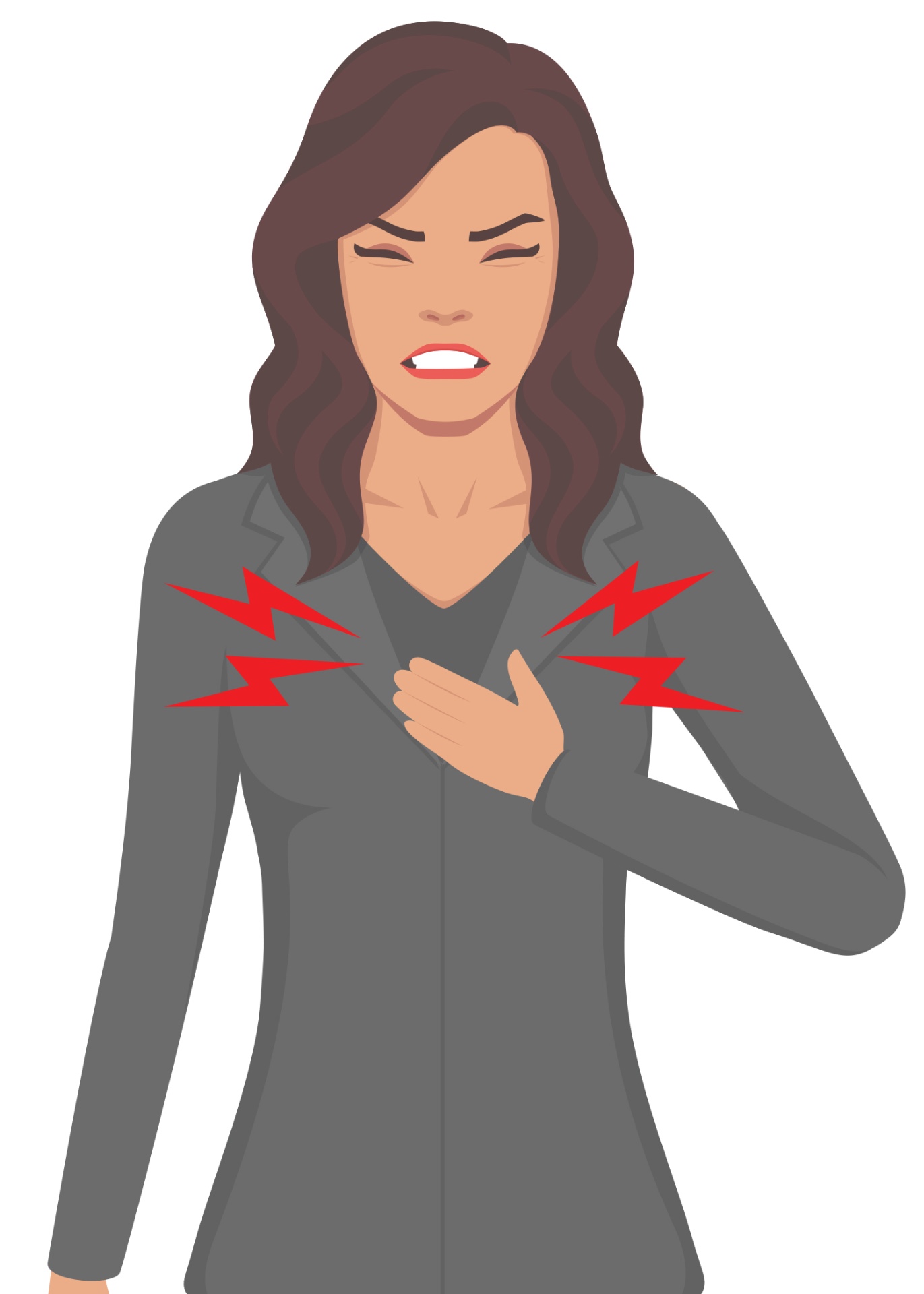TXK 411

Signs of a Heart Attack
A heart attack, also known as myocardial infarction, occurs when the blood flow that brings oxygen to the heart muscle is severely reduced or cut off completely. This happens because the coronary arteries that supply the heart with blood can slowly become narrow from a buildup of fat, cholesterol, and other substances, known as plaque. When a plaque in a heart artery breaks, a blood clot forms around the plaque, which can block blood flow and cause a heart attack.
Recognizing the signs and symptoms of a heart attack is crucial for timely medical intervention. Here are some key signs:
Most heart attacks involve discomfort in the center or left side of the chest. This discomfort or pain can feel like pressure, squeezing, fullness, or pain. It usually lasts more than a few minutes or goes away and comes back.
Symptoms can include pain or discomfort in one or both arms, the back, neck, jaw, or stomach.
This can occur with or without chest discomfort.
These may include breaking out in a cold sweat, nausea, or lightheadedness.
Women, in particular, are more likely to experience some of the other common symptoms, particularly shortness of breath, nausea/vomiting, and back or jaw pain.
It is important to note that not all people who have heart attacks experience the same symptoms or the same severity of symptoms. Some people have mild pain; others have more severe pain. Some people have no symptoms; for others, the first sign may be sudden cardiac arrest. However, the more signs and symptoms you have, the greater the likelihood that you may be having a heart attack.
If you or someone else is experiencing these symptoms, it’s critical to call emergency services immediately. Quick response and treatment can save lives and reduce damage to the heart.

